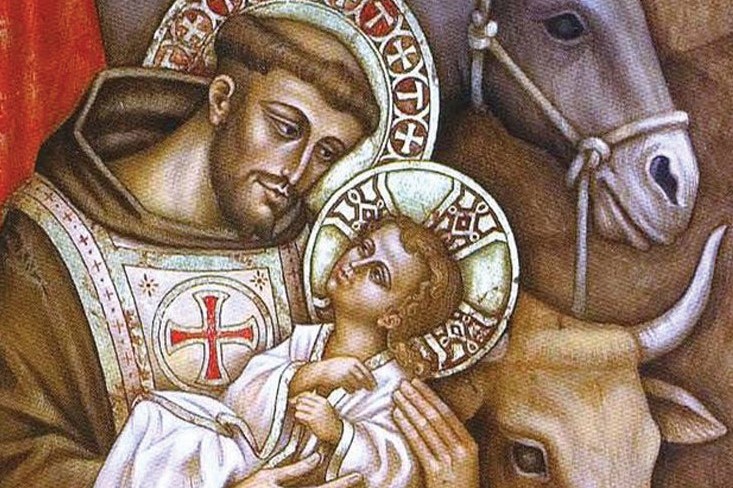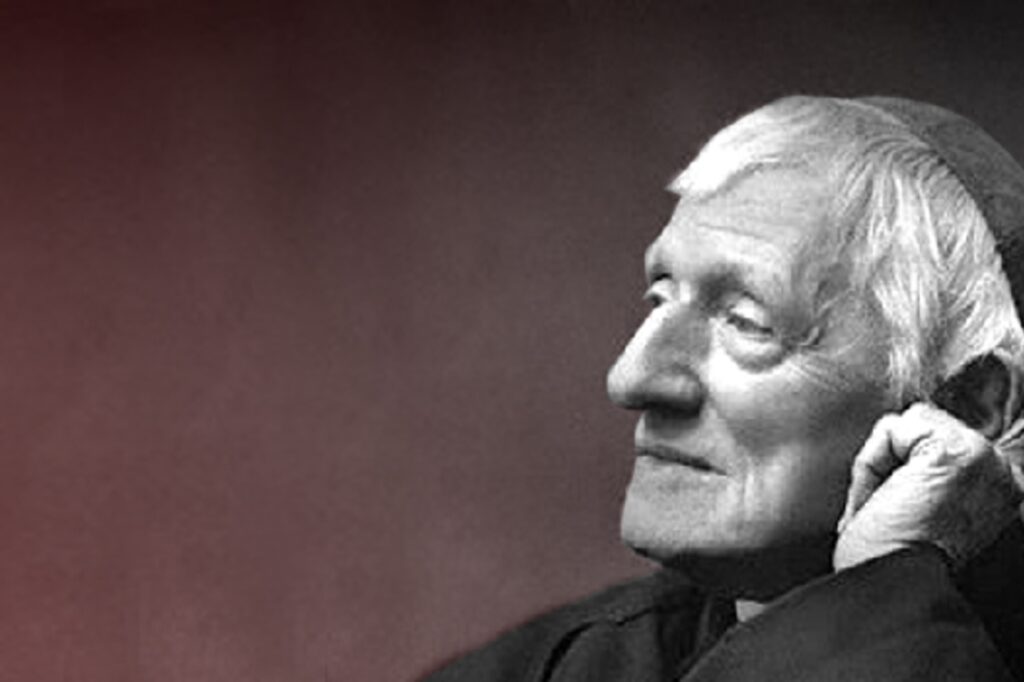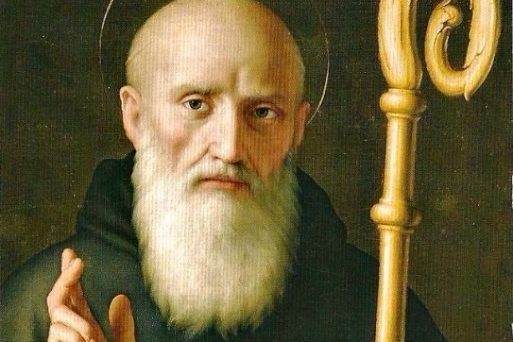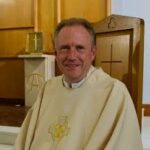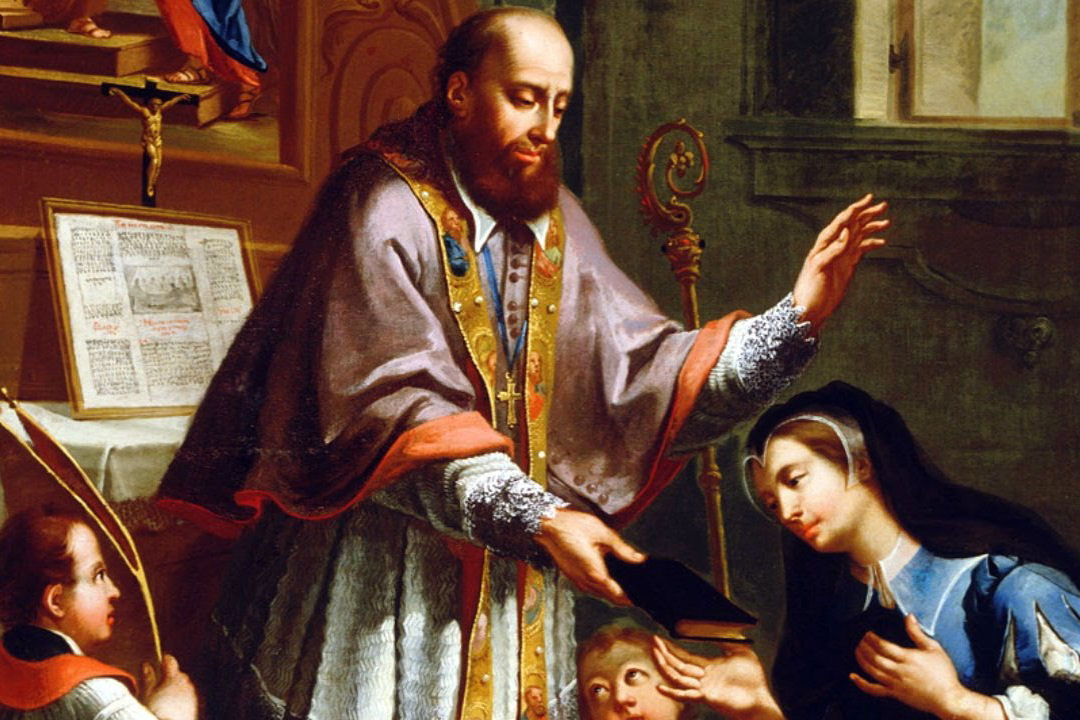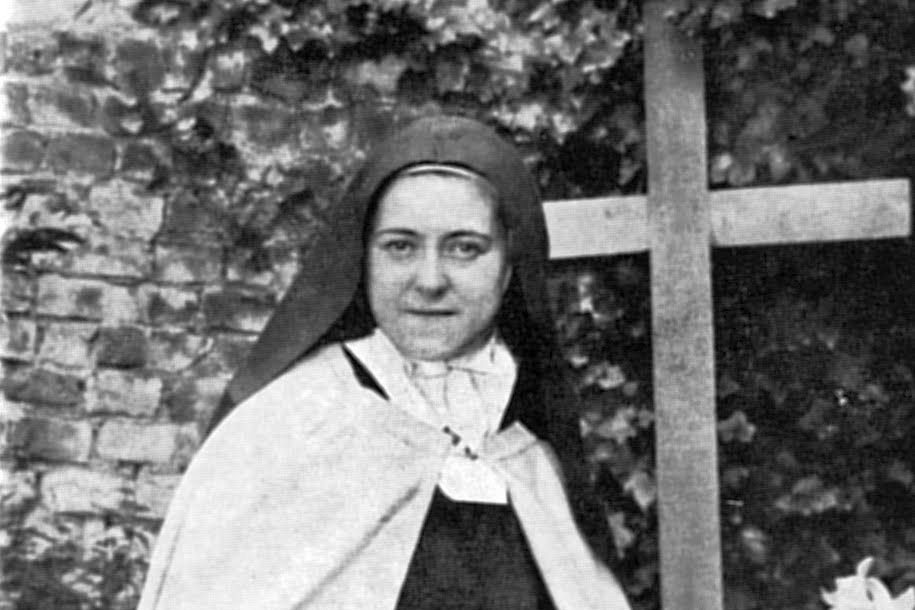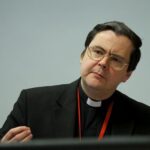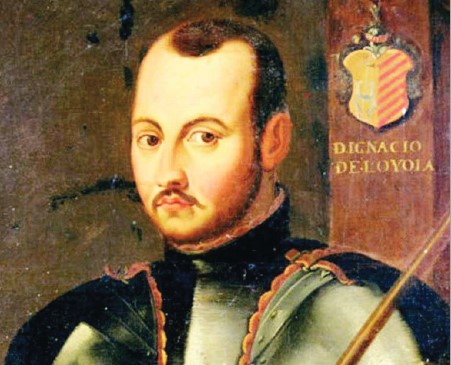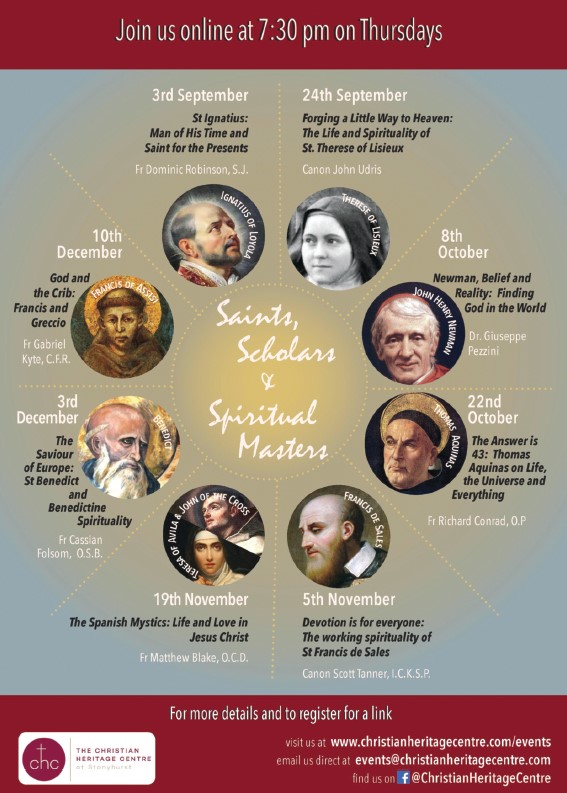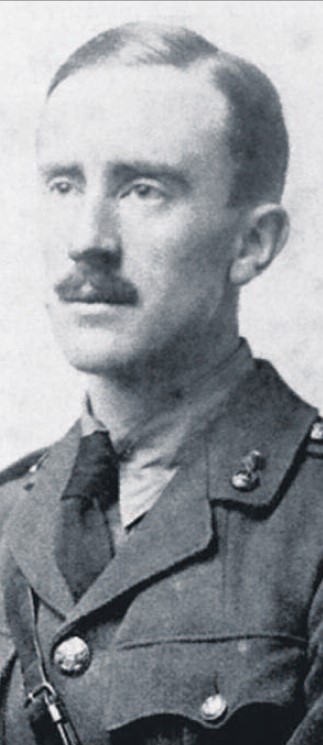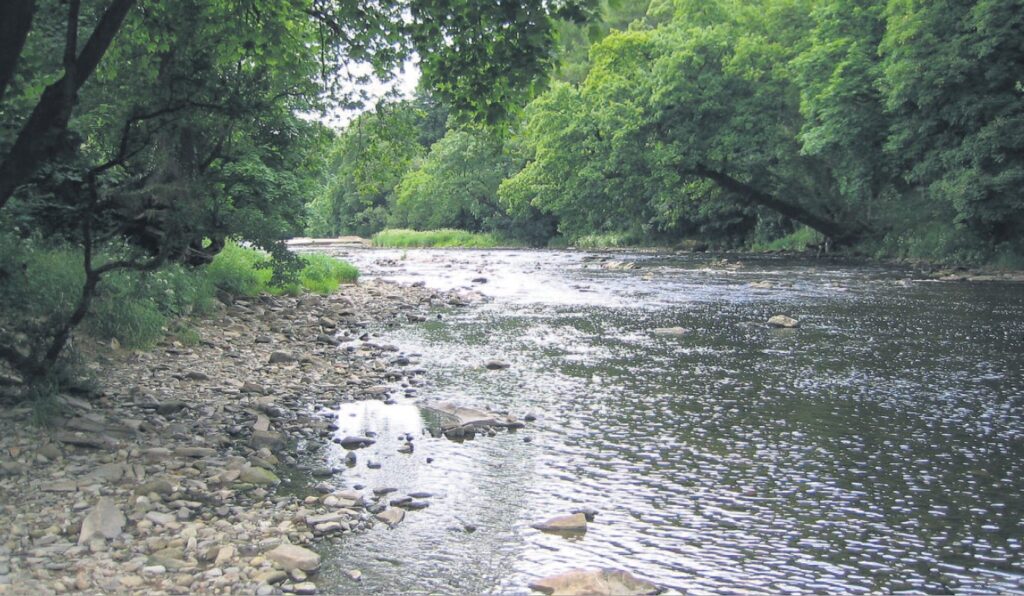Saints, Scholars & Spiritual Masters #8 St Francis of Assisi
***The talks are made available freely with the request for a donation to support our costs.***
Please donate here:
St Francis of Assisi built the first crib on a hillside above Greccio, in the Rieti valley, Italy. His love for the mystery of God’s Incarnation spilt over into his radical choice of a life of poverty and prayer, following in the footsteps of his master, Jesus Christ. His profound and intense spiritual life powered a charismatic life of preaching. Fr Gabriel Kyte, of the Franciscan Friars of the Renewal, offers insights into the Christmas-orientated spirituality of this ever-popular saint.
About the speaker:

Fr Gabriel Kyte, CFR is a Canadian national and was ordained a priest at St Patrick’s Cathedral in New York in 2014. He is a member of the Franciscan Friars of the Renewal and currently the Local Servant at St Pio Friary in Bradford. He has a passion for Franciscan spirituality and uncovering it’s authentic roots in the character and life of St Francis. His Master’s thesis was on the Mariology of Benedict XVI. For more information about the Friars at Bradford, click here.

